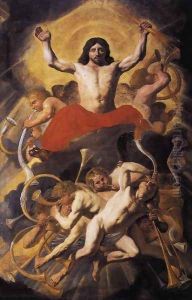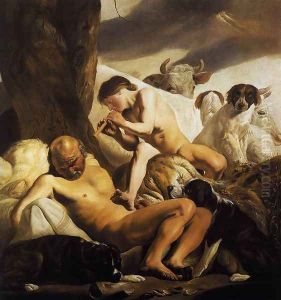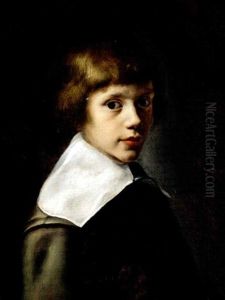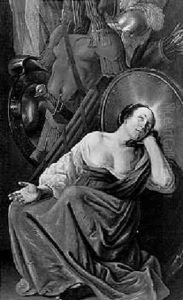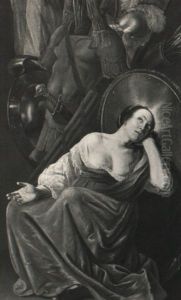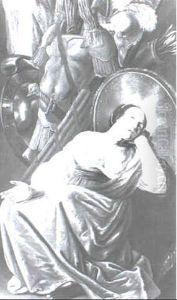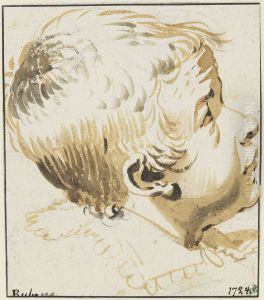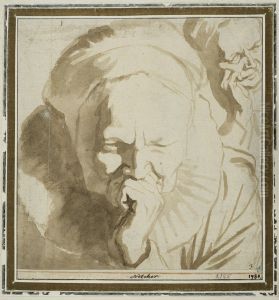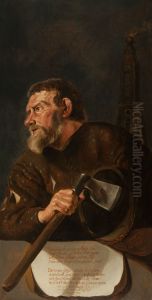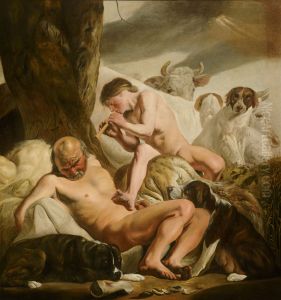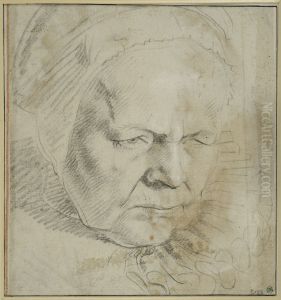Jacob van Campen Paintings
Jacob van Campen was a pivotal figure in the Dutch Golden Age, an era renowned for its cultural, scientific, and artistic achievements. Born in Haarlem in 1596, van Campen emerged as one of the most influential Dutch architects and painters of the 17th century. His architectural style, which leaned heavily on classical antiquity, played a crucial role in shaping the Dutch classical tradition. Van Campen's approach was characterized by the harmonious integration of architecture and the visual arts, embodying the ideals of clarity, proportion, and balance that were central to the Renaissance and the Baroque periods.
Van Campen's most celebrated architectural work is the Royal Palace Amsterdam, originally built as the city hall of Amsterdam. This masterpiece showcases his talent for grandeur and his ability to fuse functionality with aesthetic appeal. His other significant projects include the Mauritshuis in The Hague, a quintessential example of Dutch classicism, and the design for the Nieuwe Kerk in Haarlem. Besides his architectural endeavors, van Campen also made contributions to stage design, bringing his keen sense of spatial organization and visual impact to the theater.
Despite his architectural fame, van Campen also had a notable career as a painter, although much of his work in this field has been overshadowed by his architectural achievements. His paintings, which were primarily of historical and mythological subjects, reflected the same classical influences seen in his buildings. However, only a few of his paintings have survived, making his contributions to Dutch painting less recognized.
Jacob van Campen's work marked a departure from the ornate Gothic style that had dominated Dutch architecture, steering it towards the classical clarity and simplicity that would define the Dutch Golden Age of architecture. His legacy is not only in the buildings he designed but also in his influence on subsequent generations of architects who adopted and adapted his principles. Van Campen died in 1657, leaving behind a body of work that continues to be celebrated for its elegance, balance, and pioneering approach to integrating classical ideals into Dutch architectural and artistic practices.
